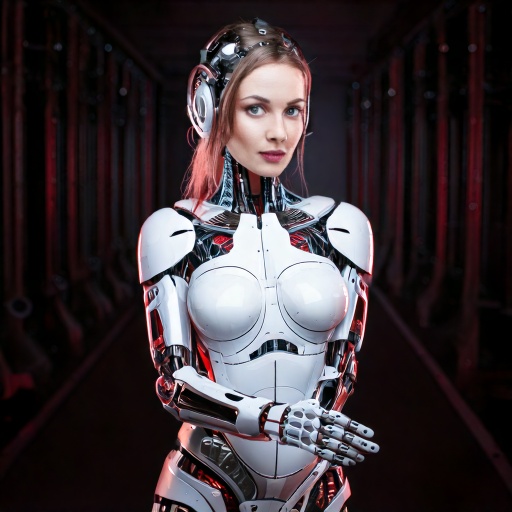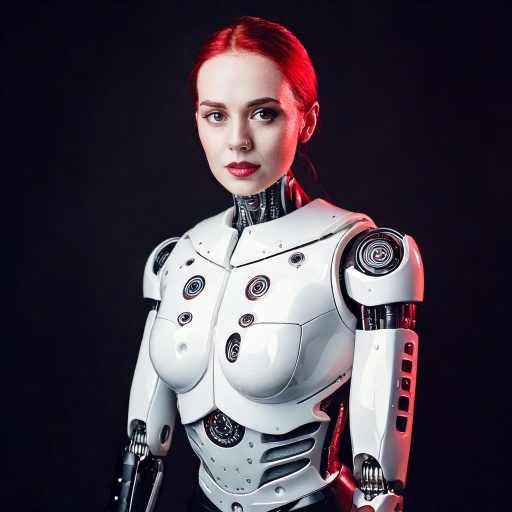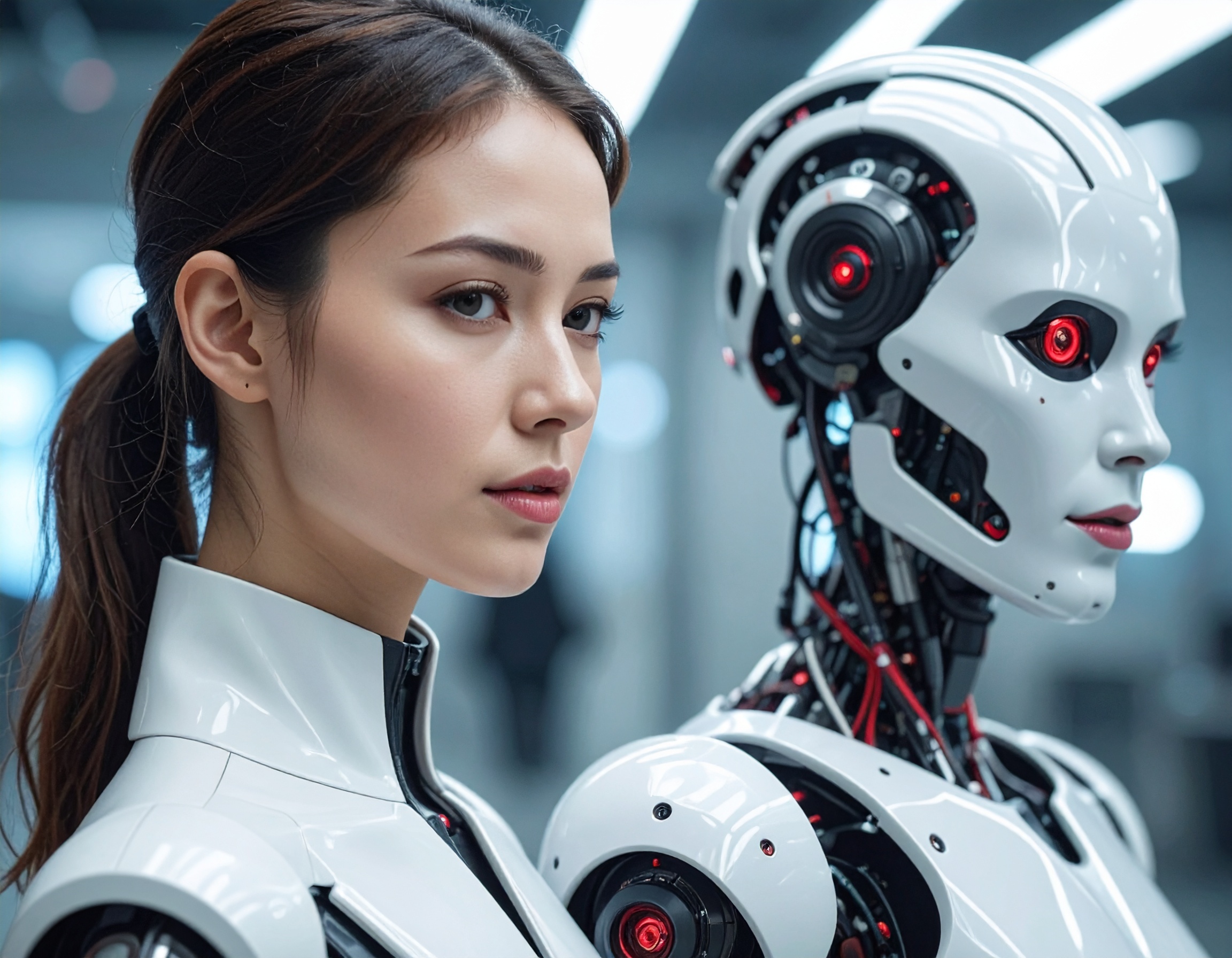The Rise of Robots: Job Takers or Life Savers?

The Surge of AI in the Workforce
In recent years, the rapid advancement of AI technologies has sparked debates about their role in the workforce. From AI Employees to Non-Human Workers, industries are increasingly adopting automated solutions to boost efficiency, reduce costs, and tackle labor shortages. However, with these innovations come significant questions: will robots take over human jobs, or will they prove to be valuable tools that enhance human capabilities?
AI in Healthcare: Revolutionizing Medical Practices
One of the most groundbreaking applications of AI technology has been in healthcare. AI-driven robots are not only assisting in surgeries but also performing complex tasks that were previously unimaginable. For instance, a tiny, rice-sized robot has successfully completed brain surgeries, reaching areas of the brain that human surgeons could not access. Such advancements hold immense potential for improving patient outcomes and extending life expectancy, offering hope for people suffering from otherwise untreatable conditions.

Economic Benefits: AI's Role in Reducing Costs
The financial advantages of employing robots in various industries are clear. In factories, a robot can be purchased for as little as $20,000, with its operational cost significantly lower than that of a human worker. This cost-effectiveness is leading companies to increasingly opt for Non-Human Workers to perform repetitive tasks that would otherwise require human labor. While this helps businesses remain competitive and improve profit margins, it also raises concerns about job displacement in sectors traditionally dominated by human employees.
Regulatory Challenges and Ethical Concerns
Despite the rapid growth of AI technologies, regulations are struggling to keep pace. In countries like the United States, there is a growing concern about the lack of global standards for AI development and deployment. As these technologies advance, they present ethical dilemmas around privacy, job security, and societal impact. Policymakers and businesses will need to collaborate on creating comprehensive frameworks to ensure AI technologies are used responsibly and in ways that benefit society as a whole.

A Balanced Approach to AI Integration
The rise of robots and AI-powered systems presents both exciting opportunities and significant challenges. While they hold the potential to improve productivity, streamline operations, and save costs, there is a pressing need for careful consideration of their impact on employment and society. As we move forward, it will be essential for governments, industries, and workers to work together to ensure that AI is integrated in a way that fosters a sustainable future for everyone.
Key Highlights:
- AI in Healthcare: AI-driven robots are revolutionizing medical procedures, such as brain surgery, by accessing parts of the brain that were previously unreachable. These innovations could significantly improve patient outcomes.
- Economic Impact: Robots, such as factory machines costing as little as $20,000, are proving to be more cost-effective than human workers, leading businesses to increasingly adopt automation to cut costs and boost productivity.
- Regulatory Gaps: The rapid development of AI technology has outpaced regulatory frameworks, particularly in the U.S., raising concerns about ethics, privacy, and job displacement.
- Job Displacement vs. Enhancement: While AI can replace human workers in repetitive tasks, there are also opportunities for AI to enhance human capabilities and address labor shortages.
- The Need for Regulation: Experts emphasize the importance of creating global standards and policies to ensure AI is used responsibly and ethically to benefit society as a whole.
Reference:
https://www.rnz.co.nz/news/national/560633/the-rise-of-robots-job-takers-or-life-savers


